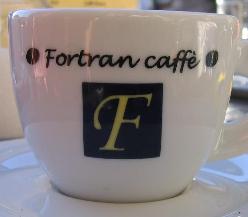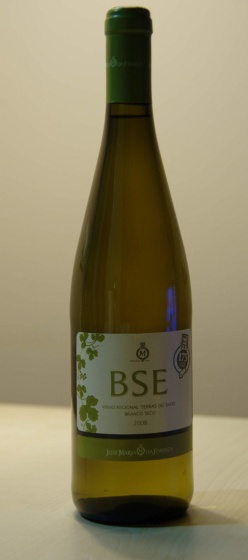Hands-on Tutorial on Excited State Spectroscopy:
GW and BSE using the Yambo code.
7th - 9th May 2014 at CINECA in Rome

For any questions feel free to contact the organizers at
Partners
|
C.A.S.T. (Centre for Application of calculus to Science and Technology) |
|
|
|
|
|
|
Summary
In the last decade, ab-initio approaches have been increasingly applied to excited-state properties. Besides the popular time-dependent density functional theory (TD-DFT)-- familiar to chemistry and molecular physics, Green's function approaches, namely GW and Bethe Salpeter Equation (BSE) methods, are being applied more and more frequently to excited-state properties of a wide range of systems including nanostructures, biological molecules, defects, surfaces, and interfaces. Experience in GW and BSE methods is highly sought after by researchers in ab-initio simulations of condensed matter physics and quantum chemistry.
The school is aimed at PhD students, post-docs, and researchers and will provide training in the calculations of electronic and optical properties of materials by means of many body perturbation theory (MBPT). Topics will cover fundamental concepts of MBPT as well as commonly used approximations to calculate quasiparticle properties (GW) and optical spectra (Bethe-Salpeter equation). Hands-on tutorials using the Yambo code will form an essential part of the school and will train the attendees step by step from the ground state calculations to more advanced calculations of electronic and optical properties of real materials.
The school will not only teach use of Yambo, but also transfer to the students the advantages, limitations, and implications of the most important theoretical and technical aspects of the intrinsically complex GW and BSE methods. Theoretical lectures (mostly in the morning) will introduce the main concepts of MBPT, highlight the approximations needed to perform practical calculations, and discuss technical aspects and implementations of the different approximations. Clear links will be made between the theoretical formulae and how they are controlled through flags and variables in the input files. All invited lecturers are computational physicists which are either developers or expert users of the Yambo code.
Organizers
Andrea Marini. |
Andrea Ferretti S3 C |

Conor Hogan. |
Maurizia Palummo |

|

Davide Sangalli. |
 The Fortran Cafe'
The Fortran Cafe'
 The Bethe-Salpeter-Equation (BSE) wine
The Bethe-Salpeter-Equation (BSE) wine


